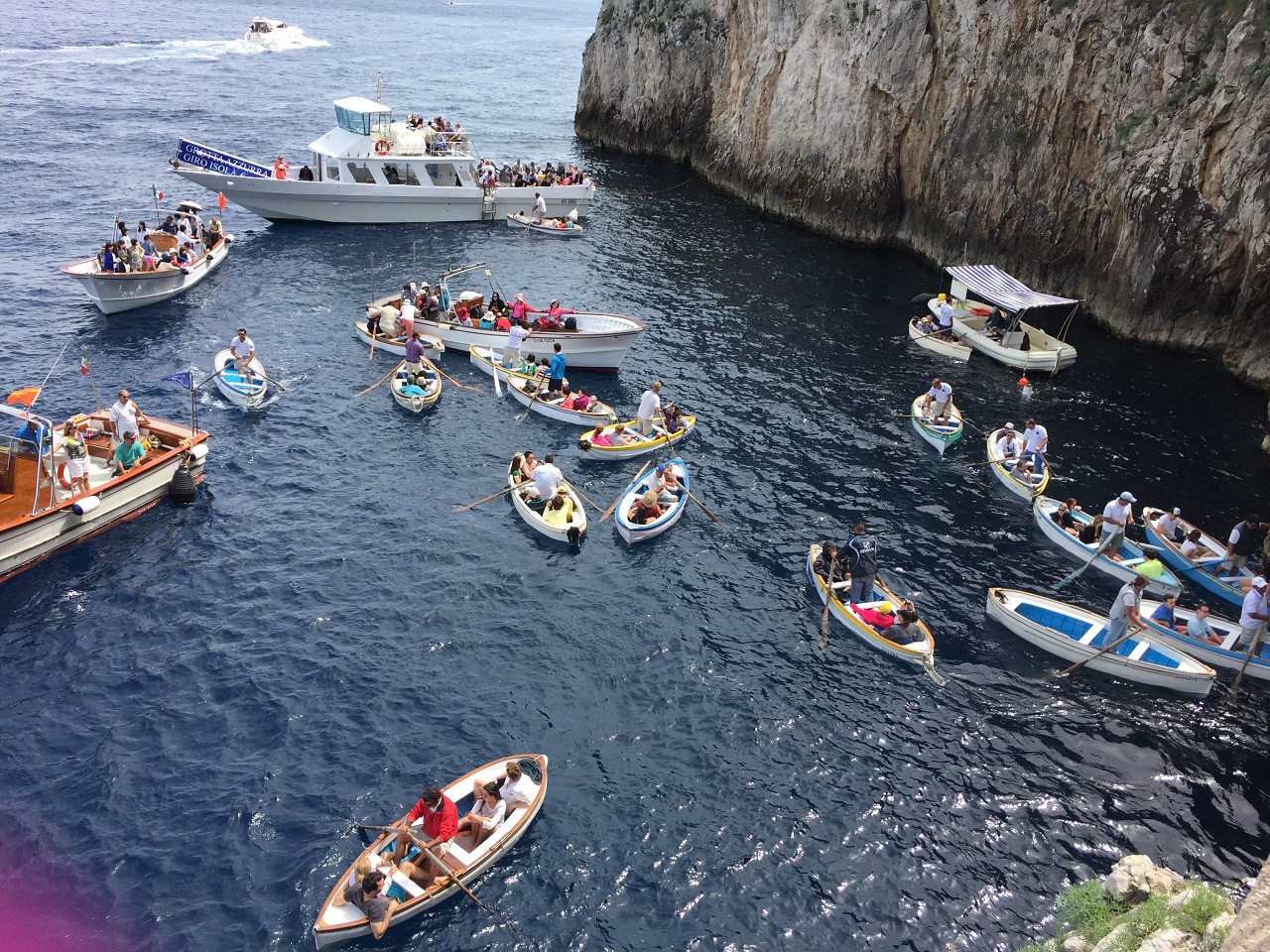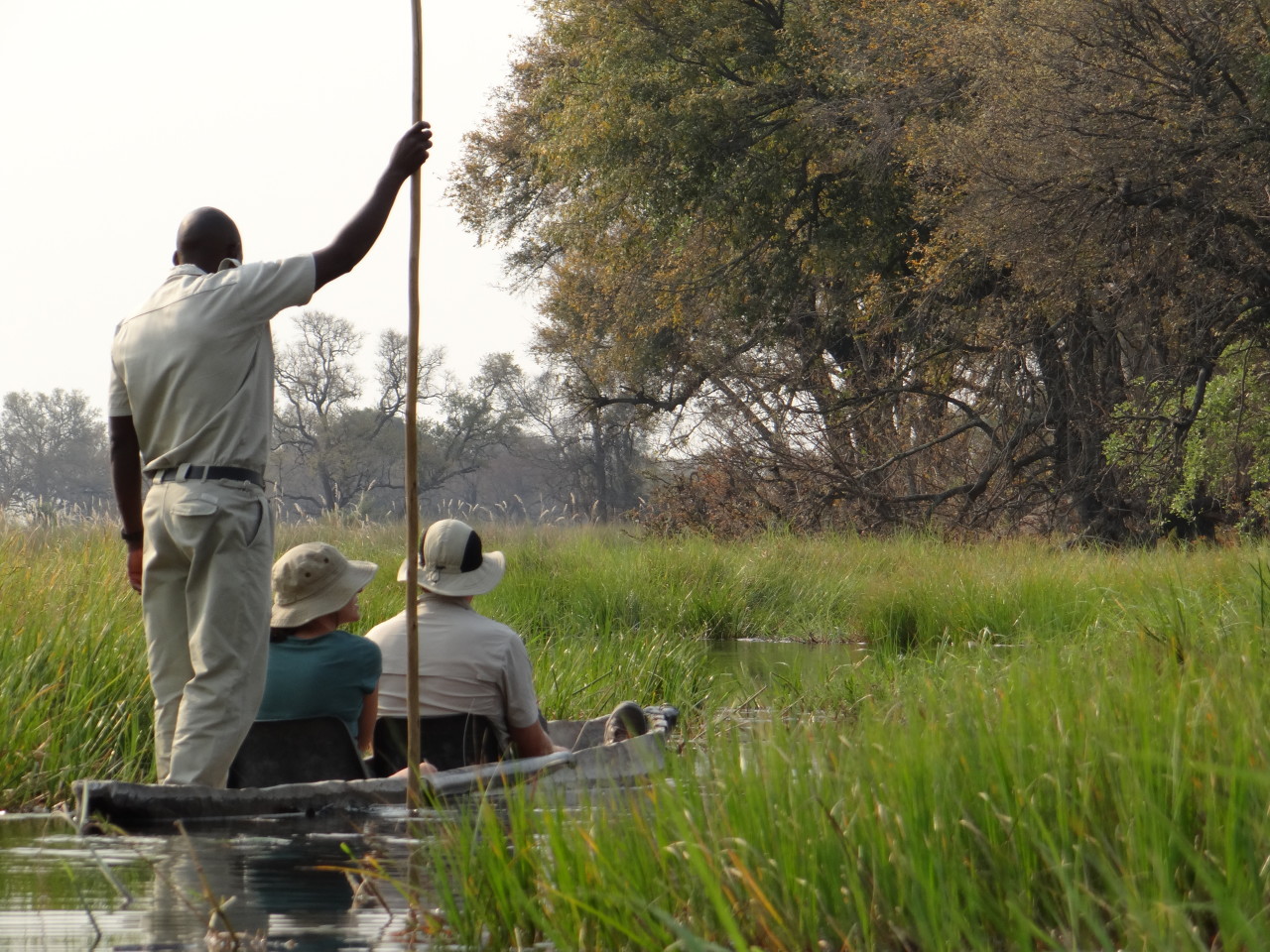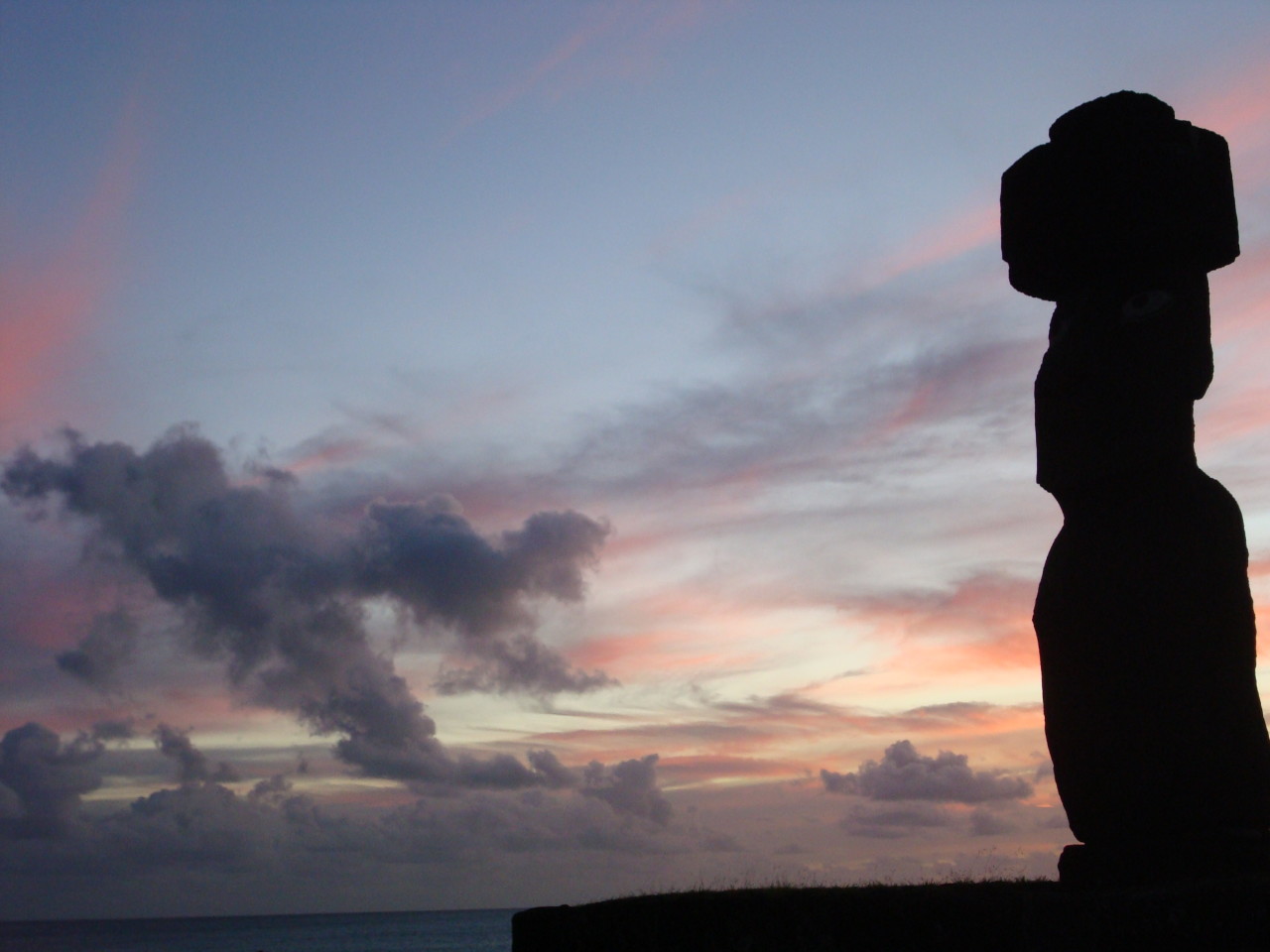Do you eat seafood? If so, how much do you know about the origin and journey your fish took to end up on your plate? Other than the occasional fish & chips, I’m not quite the seafood fan and can pretty much say that for the most part I have no idea how the fish to dish chain works. This food ignorance is no excuse and I look forward to learning more about our global foods and sustainability at the Milan Expo 2015 later this summer. The Expo will showcase global foods and sustainability, calling attention to how we eat, what we eat, where our food comes from and how the food of the future might be grown and consumed without depleting resources or harming the environment even more. For now though, I was schooled, rather quickly, by the folks of Dock to Dish in the Florida Keys during our press demonstration at the Philly Travel & Adventure show.


Dock to Dish is a local collective of twenty-one fisherman in the Florida Keys, families and select restaurants motivated to improve the quality, transparency and sustainability of fishing. There is also a Dock to Dish in Montauk, New York (with of course a wait list to join) and in New York City a group of participating restaurants. Commercial fisherman are the most endangered species they tell us. So the fisherman are “rock stars” worthy of collectible cards (just like baseball cards) with information so you can get to know your fisherman. Dock to Dish also encourages you to learn more about the local seafood. The members only group has introduced a new way to source your dinner. It will be the fresh catch of the day, literally! Members in Key West get a ping alert between 3:30 p.m. – 4:30 p.m. with the fish choices, any fish leftover will go to the local participating restaurants. There is no waste as the catch turns over daily.
Dock to Dish in Three Hands
If you’ve ever watched any of the “behind the scenes” shows, you know that there are many hands involved in food production and processing before we even involve all the transit points (Dock to Dish estimates seven steps). They’ve cut out the middleman of distribution and sourcing process to three hands – Fisherman, Dock Processing (clean, scale, filet) and the Cook. Your fish really can’t get any fresher than that unless you catch it yourself!

Paul Menta’s Cooking Demonstration
For my foray into the world of seafood at the Philadelphia Travel & Adventure show, our fisherman, Paul Menta, was surprisingly a South Philly guy raised in the ways of fresh, local, seasonal foods from the Italian Market. He learned to cook with his grandmother and left Philly at eighteen to “enjoy my passions” which are now fishing and cooking in the Florida Keys. He uses the term “cook” rather than “chef” because he has learned more from cooks around the world rather than chefs. He has also authored the cook book “Native Fuel” which showcases local Key West dishes in his “food adventures”.

We were told that “seafood is anonymous in the U.S.” and that “about 86% of the seafood from overseas is unregulated with less than 2% inspected”. This did not surprised me. What surprised me is that “about 1/2 of the seafood caught in the U.S. is shipped to Asia”. I’m all for trade relations but how fresh can the fish be after an international trip? I know that I’m not quite all good after an 18 hour flight and I doubt that the fish get airplane cargo or even FedEx treatment (maybe I’m wrong?). I have visions of the fish farm documentaries I’ve seen and being stacked on top of each other (it actually seems much worse that flying coach).

Paul would show us a Key West Pink Shrimp which gets its color by going through the sands and that produces a unique, sweet taste. He would cook the shrimp with its head on so that the flavors are kept and not disturbed. By doing this the fresh shrimp plumps up and you eat the shrimp by holding the head & tail for a “Key West Corn on the Cob”. His descriptions and techniques almost (I said almost) made me want to eat seafood. This was an example of the local catch that looked and smelled pretty good.

Another example was the stone crab which is a sustainable animal. A stone crab can be caught and it’s pinchers/claws cut off before tossing back in the water. It will regenerate its claws up to seven times! There is no need to waste.

Fresh and Local – the CSA
It’s been interesting to see the CSA (Community Supported Agriculture) membership types continue to grow (I’ve participated in a flower CSA, my family in vegetables and fruits). To extend the CSA model to fish seems to just make sense and I’m surprised it hasn’t happened sooner. But the big question I have is “Why do the fish need a passport to get to our plates if we can source it at home and keep the jobs local”? I know big, scary, political questions but for now, the folks at Dock to Dish are committed to making a small wave of a difference in the Florida Keys (and Montauk) and that’s very encouraging.






